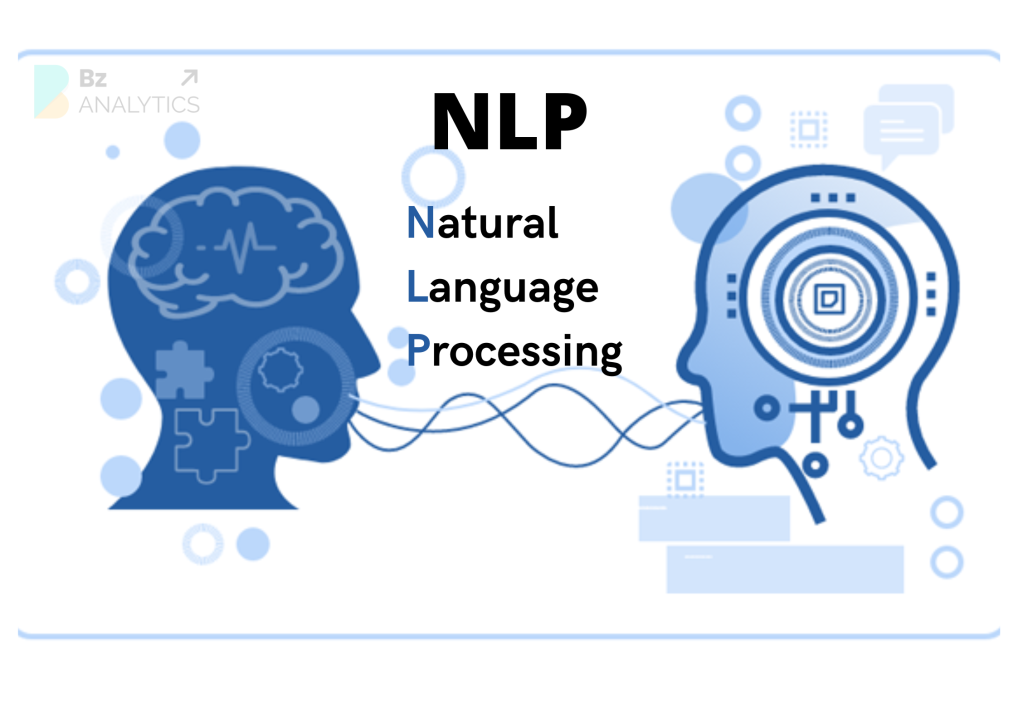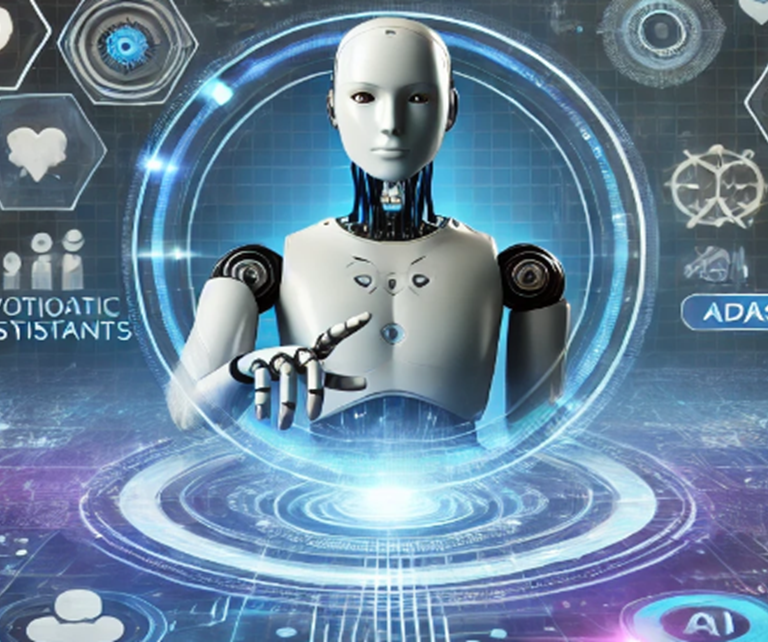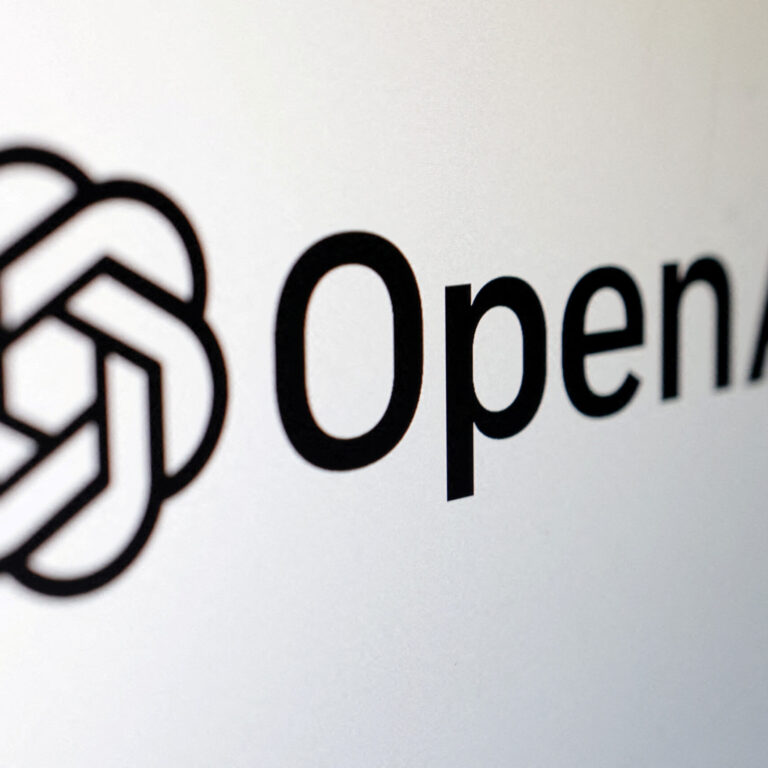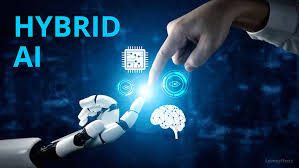
Natural language processing (NLP) bridges the gap between human language and computers. It’s a field of AI that equips computers to understand the complexities of our language, from grammar and syntax to meaning and context. NLP tackles tasks like machine translation, where languages are converted seamlessly, and speech recognition, allowing us to talk to our devices. It can also analyze sentiment in text, categorize information, and even generate human-like text for chatbots or summaries. By training on massive amounts of data, NLP algorithms are constantly learning and improving, making them crucial for applications like virtual assistants that understand our requests and social media analysis that gauges public opinion. As NLP continues to evolve alongside advancements in AI, the way we interact with computers promises to become more natural and nuanced.
NLP Techniques:
Natural Language Processing (NLP) employs a vast toolbox of techniques to bridge the gap between human language and computers. Here’s a glimpse into some of the most common methods:
- Tokenization: This fundamental step breaks down text into meaningful units. Imagine breaking a sentence into words or even smaller pieces like characters. This allows the computer to process the text in a structured way.
- Stemming and Lemmatization: Languages are full of variations – “running,” “runs,” and “ran” all mean the same thing. Stemming and lemmatization aim to reduce words to their base form (stem) or dictionary form (lemma). This helps the NLP system group similar words together and understand the core meaning.pen_spark.
- Part-of-Speech (POS) Tagging: Every word in a sentence plays a role – nouns, verbs, adjectives, etc. POS tagging identifies these grammatical roles for each word. This helps the computer understand the structure of the sentence and the relationships between words.
- Named Entity Recognition (NER): Can you spot important entities in text, like people, locations, or organizations? NLP can too! NER identifies and classifies these named entities, making it useful for tasks like information extraction or building knowledge graphs.
- Machine Learning and Deep Learning: These powerful tools are like the engines driving many NLP techniques. Machine learning algorithms can be trained on massive amounts of text data to learn how to perform specific tasks, like sentiment analysis or text classification. Deep learning, inspired by the human brain, utilizes complex neural networks to process language with even greater sophistication.pen_spark.
- Natural Language Understanding (NLU): This advanced technique goes beyond just understanding the meaning of individual words. NLU aims to grasp the complete meaning of a sentence or passage, including the intent behind the words. This allows computers to understand the context of a conversation and respond accordingly.
Working of Natural Language Processing (NLP):
1) Data Preparation:
- The foundation of NLP lies in data. Massive amounts of text data, from books and articles to social media posts and conversations, are collected and preprocessed.
- This preprocessing can involve cleaning the data by removing noise like punctuation and special characters, and correcting spelling errors.
- Tokenization is a crucial step, where text is broken down into smaller units like words or even characters.
2) Feature Engineering:
After cleaning and tokenizing the text, NLP techniques extract features that computers can understand. These features can be:
- Lexical features: Focus on the words themselves, like word frequency or part-of-speech tags.
- Syntactic features: Capture the grammatical structure of the sentence, like the order of words or the relationship between them.
- Semantic features: Explore the meaning of words and how they relate to each other. This can involve using word embeddings, which are numerical representations that capture the semantic similarity between words.
3) Applying Natural Language Processing (NLP) Techniques:
Once the data is prepared and features are extracted, various NLP techniques come into play depending on the specific task. Here are some common techniques:
- Machine Learning and Deep Learning: These powerful tools are like the workhorses of NLP. Machine learning algorithms can be trained on the prepared data to perform tasks like sentiment analysis (identifying positive, negative, or neutral emotions in text) or text classification (categorizing text into predefined groups like spam or news articles). Deep learning, inspired by the human brain, utilizes complex neural networks to process language with even greater sophistication, achieving high accuracy in tasks like machine translation or speech recognition.
- Statistical Methods: Statistical techniques like n-grams (analyzing sequences of words) can help identify patterns in language and predict the next word in a sequence, useful for tasks like language modeling.
- Rule-Based Systems: In specific cases, rule-based systems can be used. These involve defining a set of rules for how to process language, helpful for tasks like named entity recognition (identifying and classifying named entities like people, locations, or organizations).
4) Evaluation and Refinement:
- No NLP model is perfect, and evaluation is crucial. The performance of the model is measured on a held-out test set (data not used for training). Techniques like accuracy, precision, and recall are used to assess how well the model performs the intended task.
- Based on the evaluation results, the model can be refined. This might involve adjusting hyperparameters (settings within the model), providing more training data, or even trying a different NLP technique altogether.
Key NLP Tasks:
- Machine Translation: Automatically translating text from one language to another while preserving meaning and intent.
- Speech Recognition: Converting spoken language into text, enabling applications like voice assistants and dictation software.
- Text Classification: Categorizing text data into predefined groups (e.g., spam detection, sentiment analysis).
- Natural Language Understanding (NLU): Extracting meaning from text data, allowing computers to understand the intent behind a sentence or question (e.g., answering questions in a chatbot).
- Natural Language Generation (NLG): Generating human-like text, used for chatbots, writing assistants, or summarizing large amounts of text.
Applications of NLP:
Natural Language Processing (NLP) applications touch many aspects of our lives, from streamlining communication to unlocking hidden insights from text data. Here are some of the main applications of NLP:
1) Communication and Interaction:
- Machine Translation: NLP bridges language barriers by enabling real-time translation between languages. This empowers communication across borders and cultures, fostering collaboration and understanding.
- Chatbots and Virtual Assistants: NLP powers chatbots and virtual assistants like Siri or Alexa. By understanding natural language, these chatbots can answer questions, provide customer service, and even hold conversations in a simulated way.
- Smart Reply and Text Prediction: NLP helps predict what you might want to type next on your phone or email. This feature suggests quick replies or completes your sentences, making communication faster and more efficient.
2) Content Creation and Analysis:
- Text Summarization: NLP can automatically generate summaries of lengthy documents or articles, saving you time and effort.
- Machine-Generated Content: NLP can be used to create different kinds of content, from marketing copy to basic news reports. While still under development, this technology has the potential to streamline content creation.
- Sentiment Analysis: NLP can analyze the sentiment expressed in text data, like social media posts or customer reviews. This helps businesses understand customer opinions, gauge brand perception, and identify areas for improvement.
3) Search and Information Retrieval:
- Smart Search Engines: Search engines powered by NLP go beyond simple keyword matching. They understand the context of your search query and user intent, delivering the most relevant results possible.
- Question Answering Systems: NLP enables systems that can answer your questions in a comprehensive and informative way, like chatbots or virtual assistants specifically designed for information retrieval.
- Automatic Document Classification: NLP can categorize documents into predefined groups, making it easier to organize and find information within large datasets.
4) Other Applications:
- Spam Filtering: NLP helps identify and filter out spam emails before they reach your inbox by analyzing patterns and characteristics associated with spam messages.
- Cybersecurity Threat Detection: NLP can be used to analyze online conversations and identify potential security threats or malicious activity.
- Medical Diagnosis and Research: NLP can assist in medical diagnosis by analyzing medical records and identifying patterns or risk factors. It can also be used to analyze research papers and scientific articles to accelerate medical discoveries.






